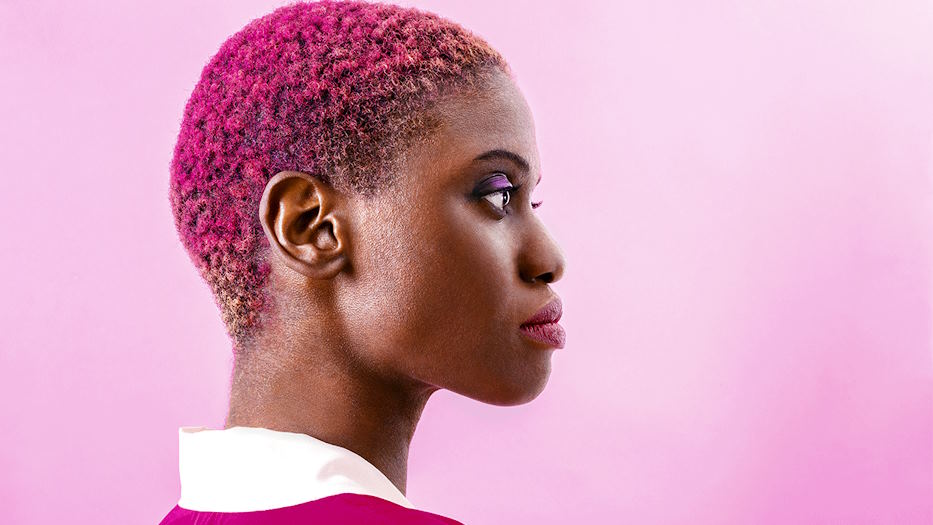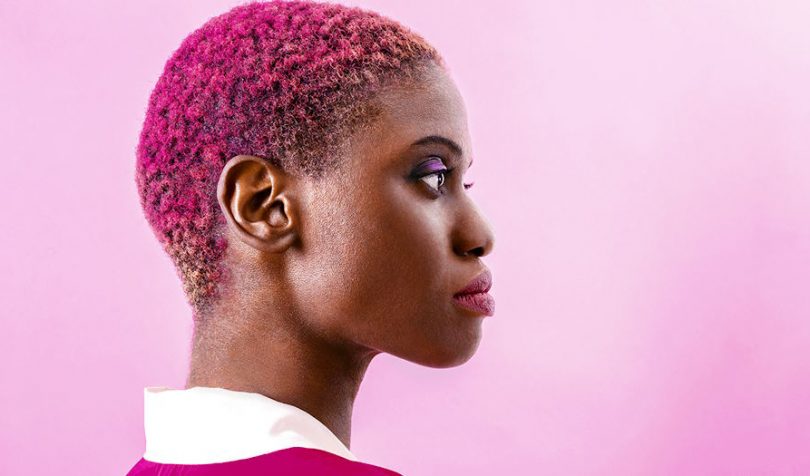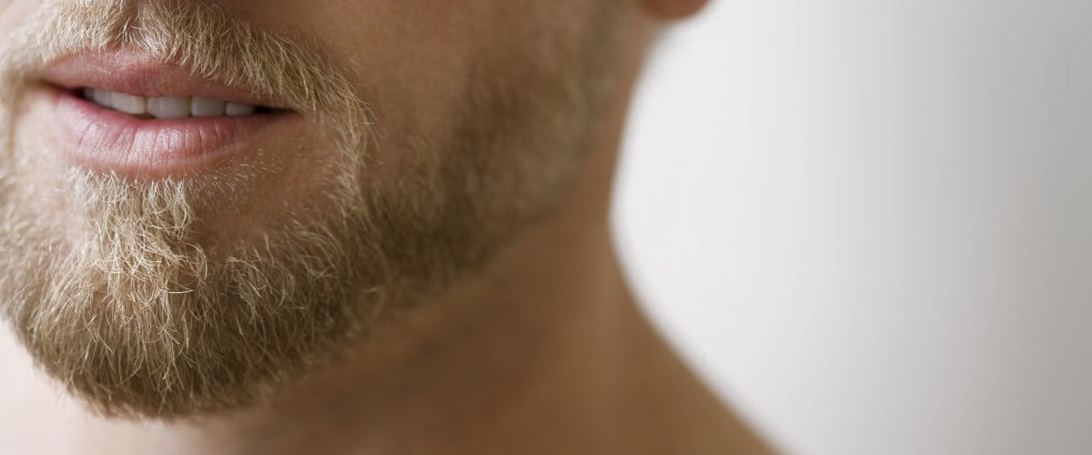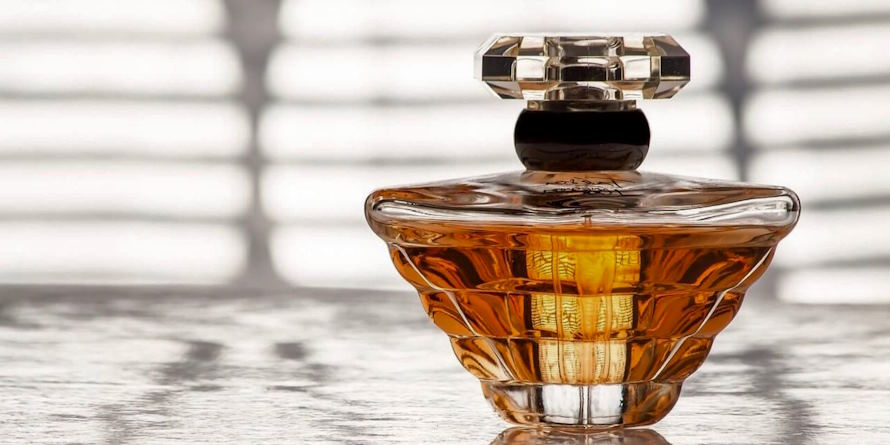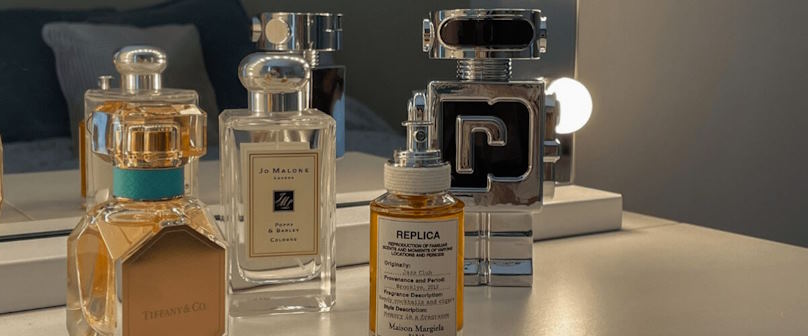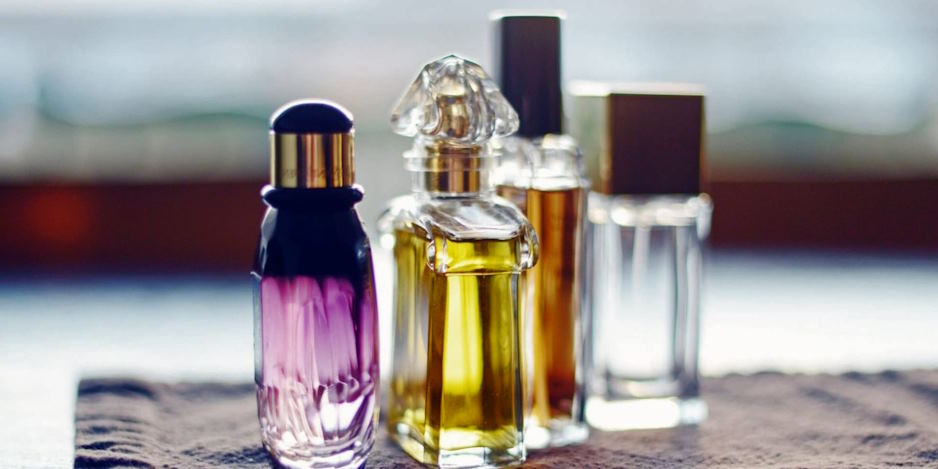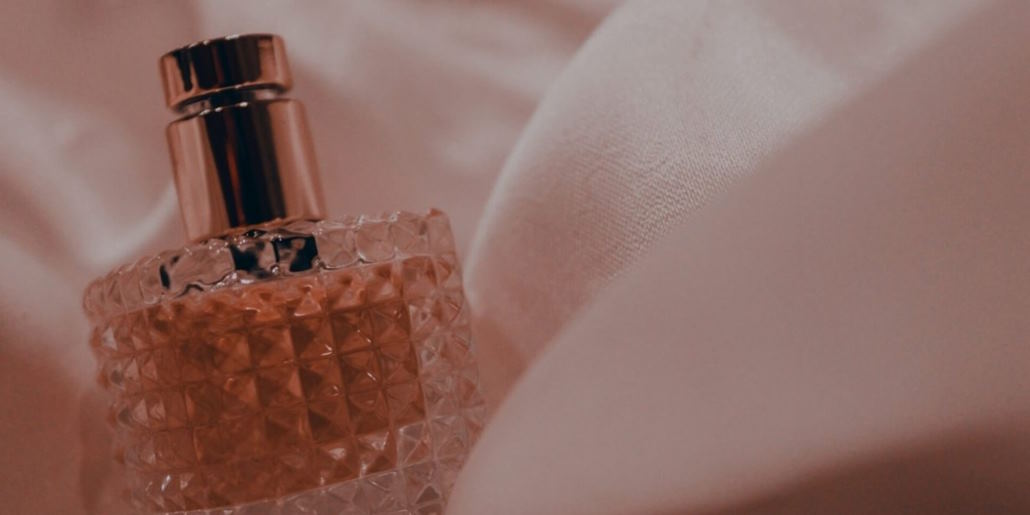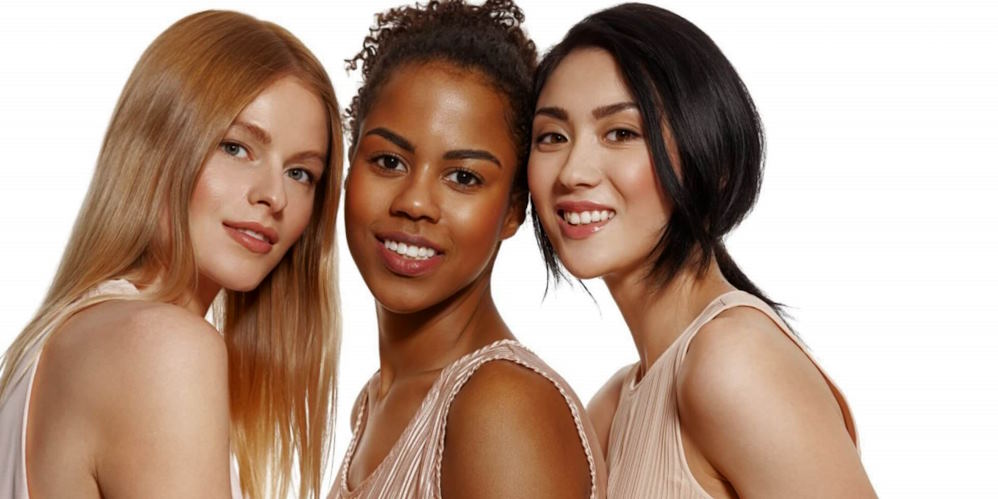Short haircuts have surged in popularity in recent years, offering a chic and low-maintenance alternative to longer styles. Whether it’s a sleek bob, a trendy pixie cut, or a bold undercut, short hairstyles offers endless possibilities for personal style. However, one crucial aspect often overlooked is the choice of hair color. Coloring short hair requires careful consideration to achieve the desired look without compromising the health and integrity of the hair.
Dos of Coloring Short Hair
When it comes to coloring short hair, there are several key dos to keep in mind to ensure a successful and flattering result.
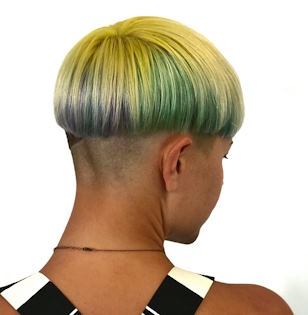 Do consider your skin tone and undertones when choosing a hair color: Understanding your skin’s undertones is essential in selecting a hair color that complements your complexion. Warm undertones pair well with shades like honey blondes or rich caramels, while cooler undertones may suit ashy tones or cool brunettes better.
Do consider your skin tone and undertones when choosing a hair color: Understanding your skin’s undertones is essential in selecting a hair color that complements your complexion. Warm undertones pair well with shades like honey blondes or rich caramels, while cooler undertones may suit ashy tones or cool brunettes better.- Do opt for low-maintenance hair colors for short haircuts: Short hair often requires more frequent maintenance, so choosing a low-maintenance hair color can save you time and effort in the long run. Consider shades that grow out gracefully or require minimal touch-ups, such as balayage or subtle highlights.
- Do experiment with bold colors or highlights for added dimension: Short hair provides the perfect canvas for experimenting with bold colors or highlights. Whether you’re adding pops of vivid hues or subtle dimension with strategically placed highlights, don’t be afraid to get creative and express your unique style.
- Do use high-quality hair products for color maintenance and protection: Investing in high-quality hair products specifically formulated for colored hair is crucial for maintaining the vibrancy and health of your short hair color. Look for sulfate-free shampoos, color-protecting conditioners, and UV protectants to keep your color looking fresh and vibrant.
- Do follow aftercare routines to prolong the vibrancy of the color: Aftercare is essential for prolonging the vibrancy of your short hair color. Be sure to follow a regular hair care routine, including using color-safe products, minimizing heat styling, and scheduling regular touch-ups to keep your color looking its best for longer.
Don’ts of Coloring Short Hair
Avoiding common pitfalls is just as crucial as following the right steps when it comes to coloring short hair. Here are some essential don’ts to keep in mind for a successful coloring experience:
- Don’t attempt drastic color changes at home without professional guidance: While DIY hair color can be tempting, drastic changes, such as going from brunette to platinum blonde, can be challenging to achieve and may result in undesirable outcomes. Seek professional guidance to ensure the color change is executed safely and effectively.
- Don’t overlook the importance of patch tests for allergic reactions: Allergic reactions to hair dye are rare but possible. Before applying any color to your short hair, always perform a patch test to check for potential sensitivities or allergic reactions.
- Don’t over-process short hair with excessive bleaching or coloring: Short hair is more susceptible to damage from excessive bleaching or coloring due to its shorter length and proximity to the scalp. Avoid over-processing your hair to prevent breakage, dryness, and damage to the hair follicles.
- Don’t forget about the maintenance required for vibrant colors: Vibrant hair colors, such as reds, purples, or blues, require regular maintenance to keep them looking fresh and vibrant. Be prepared to schedule frequent touch-ups and invest in color-safe hair care products to preserve the intensity of your chosen hue.
- Don’t ignore the impact of color on your overall appearance and style: The color of your short hair can significantly impact your overall appearance and style. Consider factors such as skin tone, eye color, and personal style when choosing a hair color to ensure it complements your features and enhances your look.

